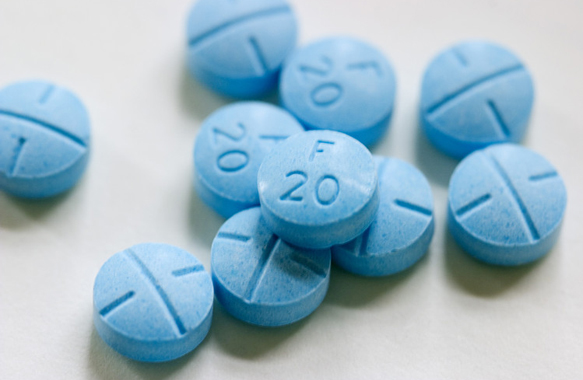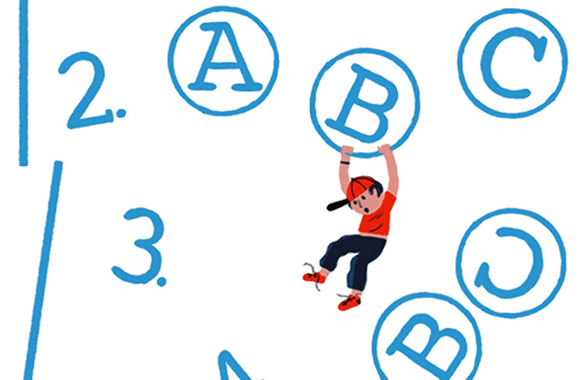Hundreds of CPS Students Refuse to take Annual ISAT Test
CPS parent and More than a Score member Cassandra Creswell speaking at this morning’s press conference. | Hannah Lutz/Sun-Times By Hannah Lutz | Chicago Sun Times. February 25, 2014 1:21PM Hundreds of CPS students from 25 schools are refusing to take their annual state achievement test next […]
Are Schools Asking to Drug Kids for Better Test Scores?
Photograph; Drugs don’t ‘cure’ a disease called ADHD, the way that antibiotics cure pneumonia. Getty Images
By Alison Gopnik | Originally Published at Wall Street Journal. February 21, 2014
By Alison Gopnik | Originally Published at Wall Street Journal. February 21, 2014
In the past two decades, the number of children diagnosed with Attention Deficit Hyperactivity Disorder has nearly doubled. One in five American boys receives a diagnosis by age 17. More than 70% of those who are diagnosed—millions of children—are prescribed drugs.
A new book, “The ADHD Explosion” by Stephen Hinshaw and Richard Scheffler, looks at this extraordinary increase. What’s the explanation? Some rise in environmental toxins? Worse parenting? Better detection?
Drs. Hinshaw and Scheffler—both of them at the University of California, Berkeley, my university—present some striking evidence that the answer lies, at least partly, in changes in educational policy.
Many people have suspected that there is a relationship between the explosion in ADHD diagnoses and the push by many states, over this same period, to evaluate schools and teachers based on test scores. But how could you tell? It could just be a coincidence that ADHD diagnoses and high-stakes testing have both increased so dramatically.
Drs. Hinshaw and Scheffler used a kind of “natural experiment.” Different parts of the country introduced new educational policies at different times. The researchers looked at the relationship between when a state introduced the policies and the rate of ADHD diagnoses. They found that right after the policies were


